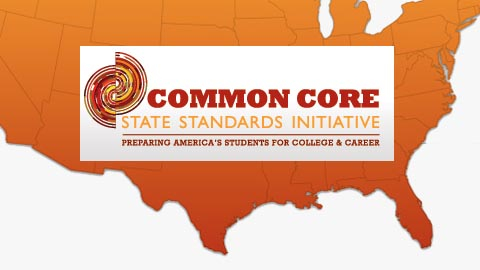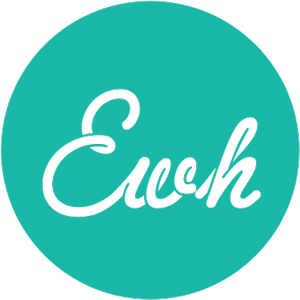
The “Common Core” – Crisis or Opportunity for Children’s Book Writers?
 There were several recurring themes that emerged at the wonderfully inspiring SCBWI 2013 Winter Conference this past weekend. One was brightening and enriching the lives of children – our readership. (Seems obvious, but sometimes one loses sight of the forest for the trees.) Another was the new frontier that publishing in the digital age represents – what a sea change that is, and how it is still very much evolving. And then there was all the discussion about “Common Core,” and the challenges and opportunities it presents for the children’s book community.
There were several recurring themes that emerged at the wonderfully inspiring SCBWI 2013 Winter Conference this past weekend. One was brightening and enriching the lives of children – our readership. (Seems obvious, but sometimes one loses sight of the forest for the trees.) Another was the new frontier that publishing in the digital age represents – what a sea change that is, and how it is still very much evolving. And then there was all the discussion about “Common Core,” and the challenges and opportunities it presents for the children’s book community.
Here’s a quick look at what the Common Core actually means…
The Common Core State Standards Initiative seeks to bring diverse U.S curricula across the states into alignment with each other by following the principles of standards-based education reform. The goal is to “provide a consistent, clear understanding of what students are expected to learn” in order to achieve success in school, college and subsequent careers, and so as to best compete in a global economy. Forty-five of the fifty states have signed on to the initiative, with Texas, Virginia, Alaska, Nebraska and Minnesota not yet adopting the initiative at a state level.
There are five key components to the standards for English and Language Arts: Reading, Writing, Speaking and Listening, Language, and Media and Technology. The essential aspects of the reading standards state that students must be able to tackle an increasing level of complexity with regard to reading materials from one grade to the next, and demonstrate progressive development of reading comprehension.
While there is no unified reading list, there is some critical content for all students — classic myths and stories from around the world, foundational U.S. documents, seminal works of American literature, and the writings of Shakespeare. Beyond that, teachers, school districts, and states are expected to choose their own specific curriculum from “a range of classic and contemporary literature as well as challenging informative texts.”
What does this mean for children’s book authors?
While there has been something of a national outcry bemoaning the Common Core’s emphasis on non-fiction, this is actually not as limiting as it might seem. Mary Brown, co-owner (with her husband, Bob) of the excellent independent bookstore, Books, Bytes and Beyond, in Glen Rock, NJ, does a great deal of work with the Common Core, since close to 70% of their store’s business these days is in serving the school and library community. Mary spoke eloquently at the Conference about using non-fiction prompts as a springboard to fiction, and integrating fiction stories with non-fiction elements. She cited examples like “The One and Only Ivan,” by Katherine A. Applegate, which was inspired by the real-life story of a gorilla named Ivan, but which is a fictionalized account of the story told in Ivan’s first person narrative voice. She also talked about re-purposing folk tales, fairy tales and myths (Tomie dePaola’s “Strega Nona,” for instance, was inspired by the classic “Porridge Pot” folk tale) and incorporating appendices, bibliographies and other factual information as end pages or supplementary material in fictional books.
So – sharpen those pencils, pick up the newspaper, or your favorite book of folk tales, and start scouting for ideas!
